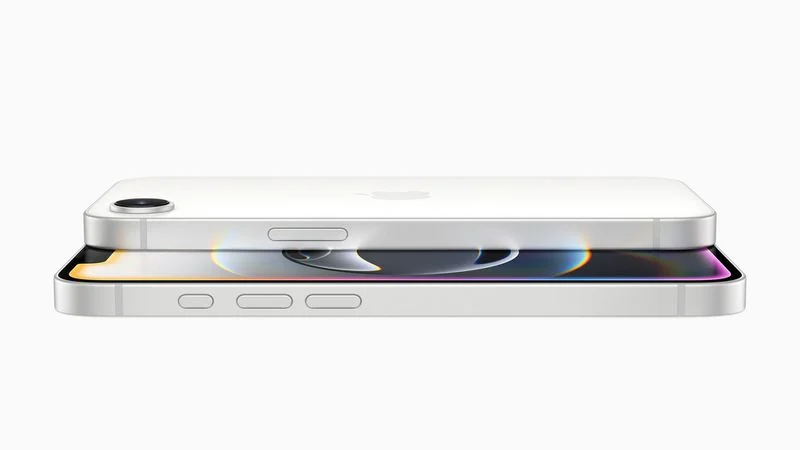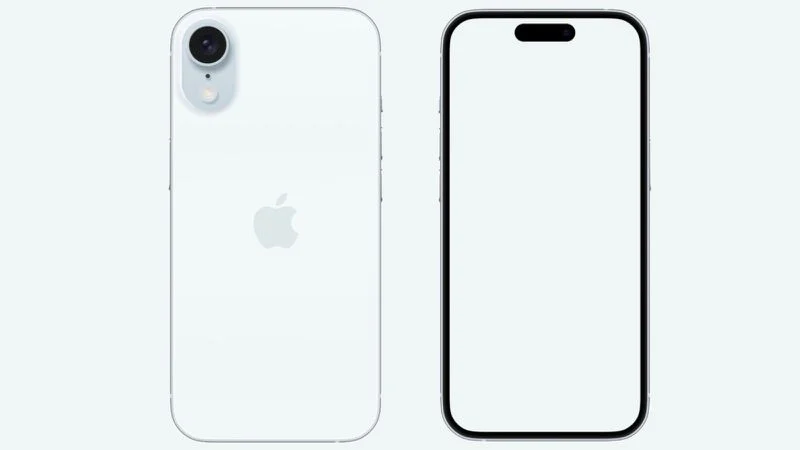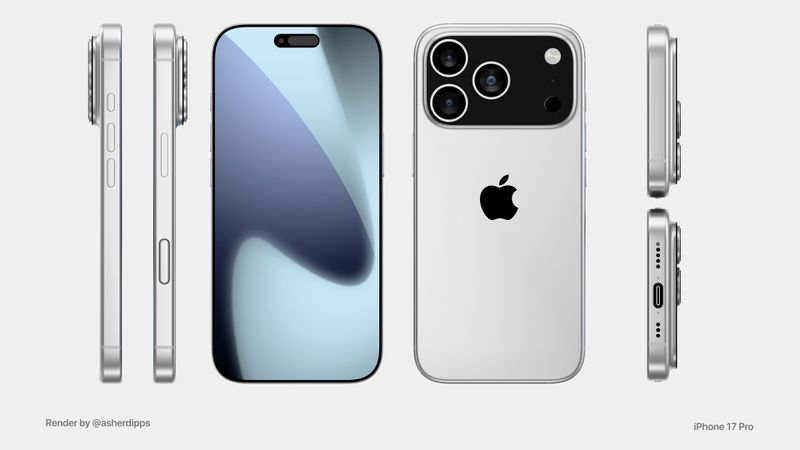Apple recently unveiled the iPhone 16e on Wednesday, and it comes with a cool feature called Visual Intelligence, even though it doesn’t have a Camera Control button. Excitingly, Apple has now shared that this same feature will also arrive on the iPhone 15 Pro through an upcoming software update.
What is Visual Intelligence?
With Visual Intelligence, iPhone 16 users can point their camera at things around them—like objects or places—and get helpful info. It can summarize written words, read them aloud, translate languages, search Google for items, or even chat with ChatGPT. Pretty neat, right?
On the iPhone 16, this feature normally starts with a special Camera Control button. People thought that button was a must-have to use it. But the new iPhone 16e skips that button entirely. Instead, users can turn on Visual Intelligence using the Action button or through the Control Center.
Apple has now told John Gruber from Daring Fireball that iPhone 15 Pro owners will get Visual Intelligence too, thanks to a future update. Since the iPhone 15 Pro also lacks the Camera Control button, Apple says you’ll be able to launch it from the Control Center or the Action button once the update arrives.
When Will It Happen?
Apple hasn’t said exactly which update will bring this feature to the iPhone 15 Pro. They didn’t confirm if it’s iOS 18.4, which is currently in testing and expected to roll out soon. However, since the iPhone 16e hits stores on February 28, iOS 18.4 feels like a strong guess. After the iPhone 16e launch, Apple updated its website, hinting that iOS 18.4 will be available to everyone in early April. So, iPhone 15 Pro users might not have to wait too long to try out this awesome feature themselves!






